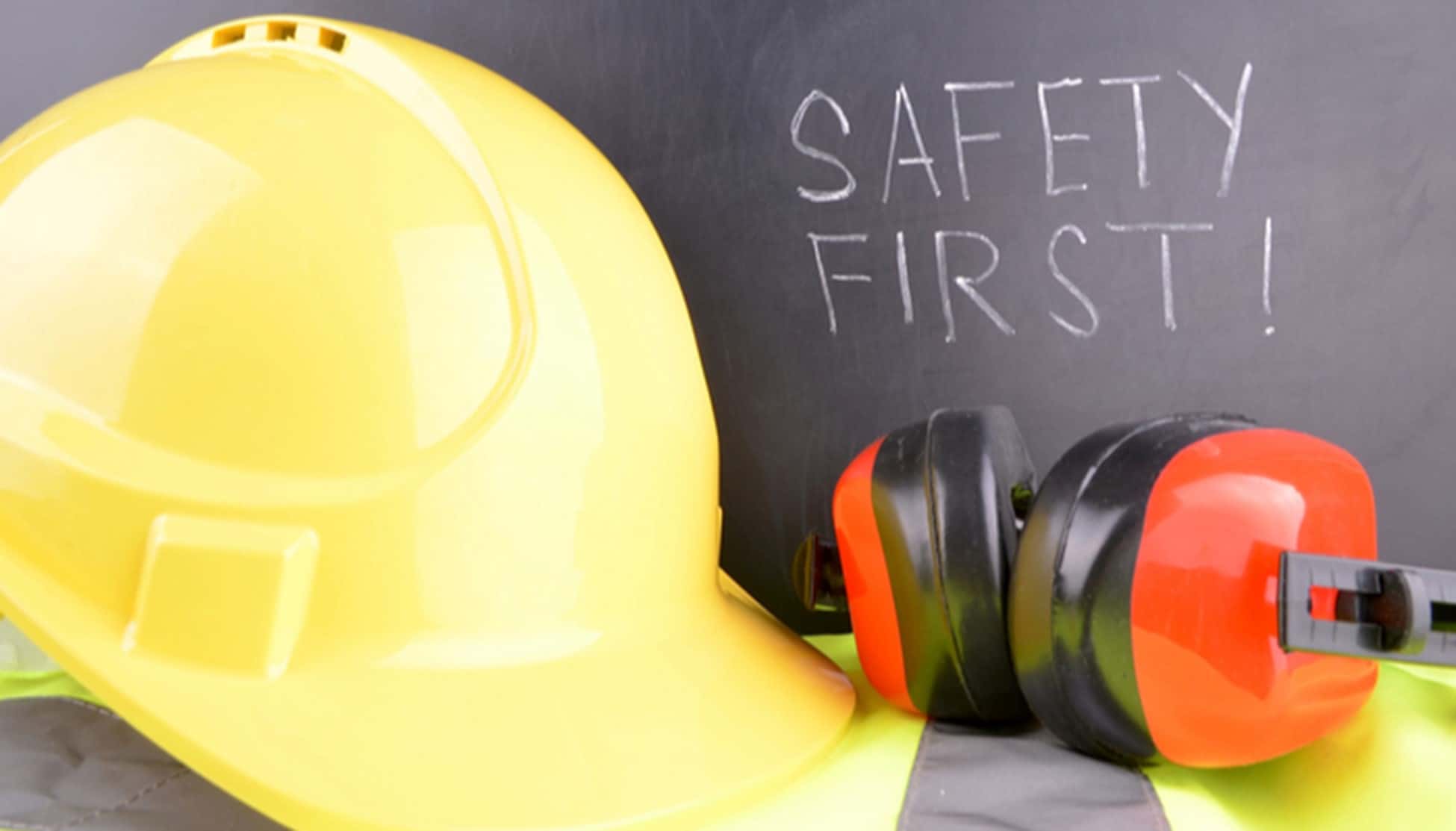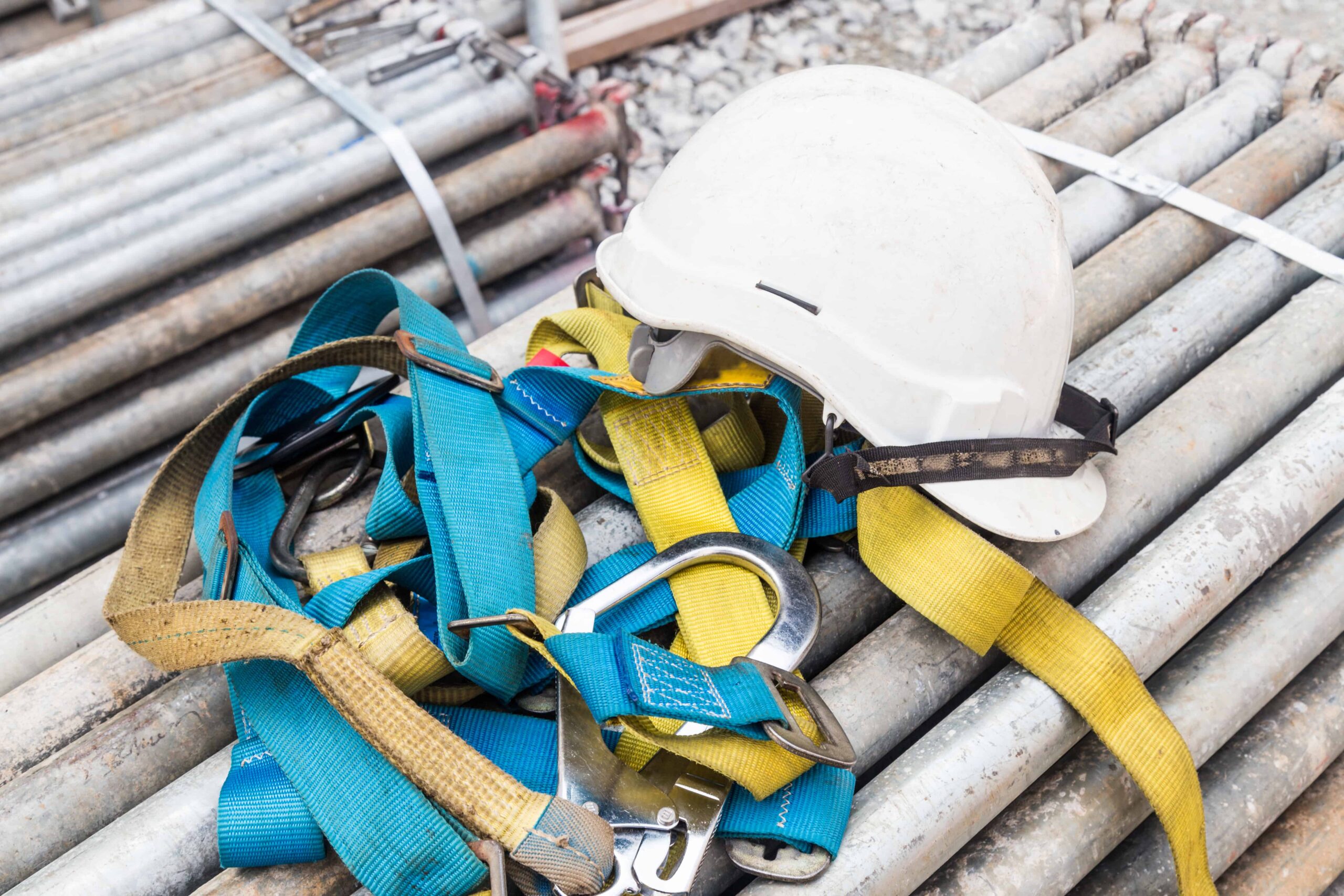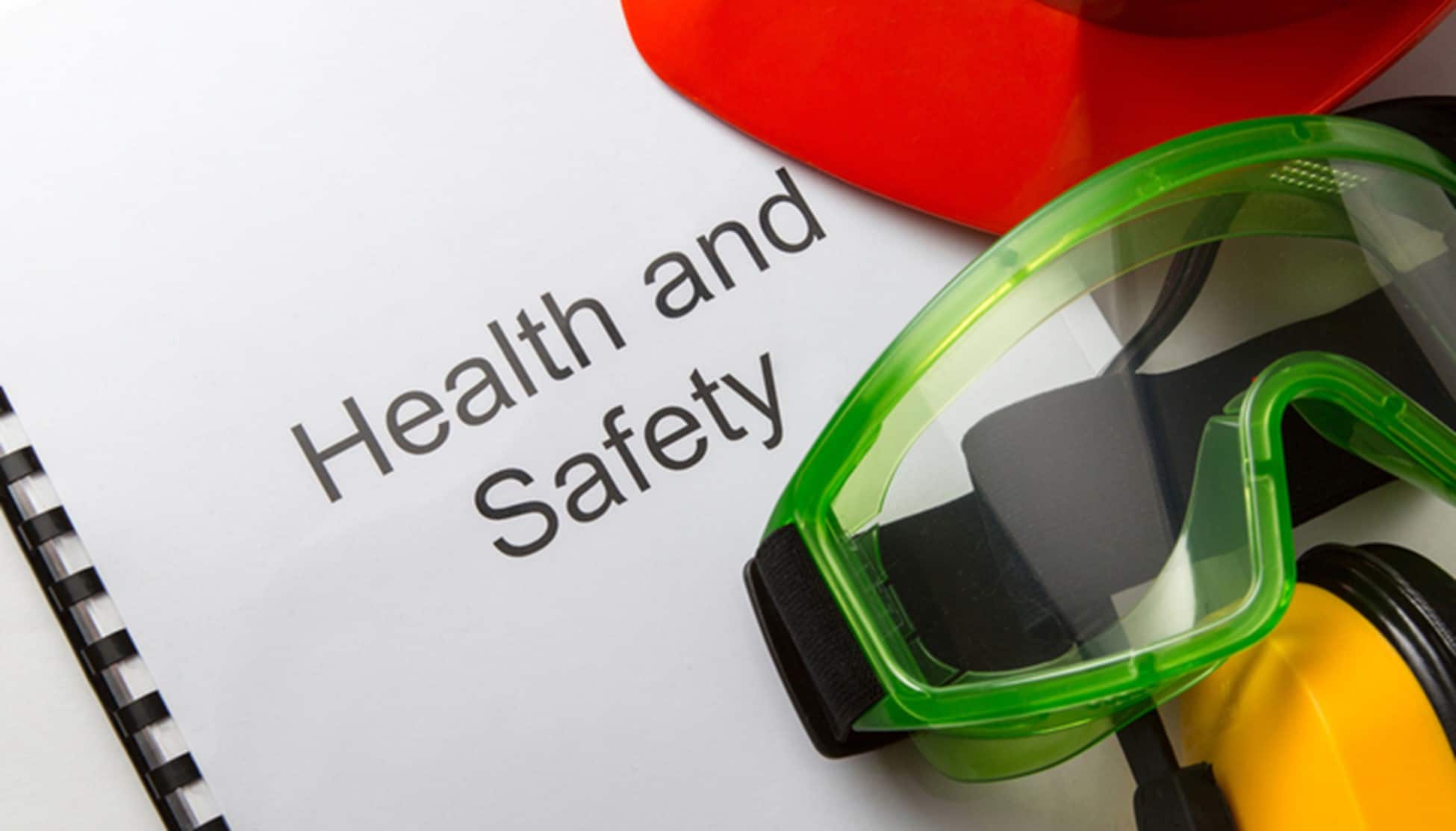
When you’re managing a business, the last thing you would want to deal with is a workplace accident, injury, or illness. Such negative events will not only lead to physical harm but also unnecessary costs, stress, and added hardships for both employees and employers. First of all, workplace accidents can lead to productivity loss. When a staff member becomes injured, they will have to take time off from work. During this time, the rest of the team needs to pick up the slack, resulting in less productivity. In addition, workplace injuries tend to have a negative effect on employee morale. This, in turn, will lead to lower motivation levels that will negatively impact productivity.
Moreover, a company’s negligence that results in workplace accidents or physical injury can also lead to significant legal and financial implications. Workers’ compensation insurance claims can arise, as well as lead to possible litigation. Just a single lawsuit can have serious consequences on a company’s growth opportunities, not to mention the negative press that such an event can have on the organization’s long-term reputation.
Minimizing the chance of workplace accidents will require that you create a safety culture in your organization. But before we discuss safety culture, we will need to look at some workplace accident statistics.
Workplace Accidents by the Numbers
One of the key ingredients in safety awareness is understanding the unique risks and safety hazards that can be present in your working environment. It’s by having this understanding that companies can begin to create proactive solutions capable of preventing workplace accidents.
According to the Bureau of Labor Statistics (BLS), there were around 2.8 million nonfatal occupational injuries and illnesses in the United States in 2017. Of these, some 64% involved bone fractures in the service industry, 11% involved overexertion when lifting and/or lowering, 20% involved falling two or more levels, while 15% were a result of workers being struck by equipment and objects while on the job. The BLS also reported that more than 25% of all injuries across all industries were a result of slips, trips, and falls.
According to the Centers for Disease Control and Prevention (CDC), slips, trips, and falls account for more than 10,350 serious injuries and 310 deaths every year. The majority of these types of accidents happen because of ladders, rooftops, or scaffolding. It’s also important to keep in mind that slips, trips, and falls are considered major workplace accidents in the construction industry, being part of a group of safety hazards known as the “Fatal Four.”
In 2018, there were 1,008 work-related deaths in the construction industry. Over a third of them (338) were a result of falls. The CDC also concluded that 20% of falls are a result of trips on the same level, 13% are from slips, and 11% happen at a higher level and are a result of someone falling through an existing opening.
Even if companies don’t perform work that involves ladders, scaffolding, or rooftops, there are still other areas where these types of accidents can occur. Slips, trips, and falls can also result from slippery surfaces, spills, broken equipment, disorganized workspaces, obstructions, and areas with a lack of safety signage, among others.
Aside from slips, trips, and falls, machinery-related injuries are also part of the Fatal Four. In 2018, “Struck by Object” and “Caught in Between” accounted for 112 (11.1%) and 55 (5.5%) of construction industry deaths, respectively. Electrocutions made up 86 deaths (8.5%) during that same year.
Safety Leadership In the Workplace
Even though safety in the workplace can only be achieved if everyone is on board and actively engaging in safety practices, it is, nevertheless, essential to keep in mind that building a safety culture can only be achieved if managers and supervisors take charge and promote this type of environment. It’s only by seeing their superiors taking a serious and proactive approach towards preventing accidents that employees will follow suit. It’s unlikely that they will adhere to your safety protocols if their managers aren’t willing to do the same.
And while each safety leader can choose his or her style of promoting a safety-oriented working environment, there are several key features that define all successful safety leaders. These will include some of the following:
- Leading by Example – Safety leaders will have to inspire and encourage their workers to embrace workplace safety. They also need to nurture safety-oriented behaviors in their employees. This is achieved, in large part, through role modeling. Senior leaders need to engage workers, display the importance of safety, motivate performers, and conduct regular safety training.
- Give and Receive Feedback – A strong leadership model will also build a strong safety culture and encourage employee engagement. It will help cultivate an atmosphere of personal responsibility, trust, safety compliance, and an appreciation for workers’ needs. This will require that the company’s leadership invest time, energy, and resources in giving and receiving feedback. When this happens, employees will follow the safety types, procedures, and guidelines provided, believing that they are doing the right thing for themselves and their coworkers.
- Provide Control – Safety management teams should also have the necessary safety leadership skills to create a good balance between caring for their employees and controlling the safe environment in which everybody operates. In periods of increased risk, such as the case with the current COVID-19 pandemic, it’s essential that employees can rely on their leaders to maintain control over the situation. These safety leaders will need to set the guidelines, delegate roles and responsibilities, and clearly communicate all expectations. This high level of control over the situation will make the staff more confident and more inclined to follow all safety rules and regulations.
Effective Safety Management Styles
As mentioned previously, each safety leader will have their own style when it comes to managing occupational health and safety in the workplace. There are, however, some common leadership styles that can provide proper workplace accident prevention and ensure compliance with all of OSHA’s safety regulations and policies. These will include the following:
- Transformational Leadership – These types of safety leaders are the ones who determine the direction in which the company will go in terms of safety and health. They devise clear strategy plans that provide a comprehensive and achievable roadmap on the road to success. They change the company culture by encouraging and motivating employees, as well as develop a “can do” attitude to incite the workforce in embracing the organization’s safety goals and objectives.
- Transactional Leadership – These types of safety management leaders are based on the tried and tested rewards and punishments They reward positive actions and behaviors on one hand, while reprimanding detrimental ones. This safety leadership style is effective in ensuring everyone’s compliance with OSHA’s safety regulations and the company’s health and safety protocols.
- Servant-Style Leadership – This type of safety management team work on developing a sustainable safety culture in the workplace by aiding their workers to achieve everything they need in order to live up to their full working potential. These types of safety leaders build strong relationships with the rest of the staff and have high regard for open communication. By fulfilling their workers’ needs, servant leaders help build a supportive working environment that boosts their productivity and engagement.
That said, there is no one-size-fits-all approach to this situation, and every safety leader will need to decide on what style to adopt and adapt based on their company’s unique circumstances.
The Importance of Behavior-Based Safety
An equally important part of building and maintaining a safety culture in the workplace is by nurturing the right behaviors in all employees. This is what’s known as behavior-based safety (BBS) and can be defined as a process of building a strong relationship between safety leaders and workers in an attempt at promoting and reinforcing health and safety in the workplace. This is achieved by providing strong safety leadership, on one hand, and by placing a strong emphasis on employees’ actions and behaviors, on the other.
Correct safety behavior means wearing personal protective gear whenever it’s required, following safety procedures and protocols whenever handling specific equipment, keeping the workspace clean and clear of obstructions, etc. Yet, for all of this to be effective, every team member needs to know what part they play in the larger working environment. Companies that dedicate themselves to such a behavior-based safety and health program will also have to take a proactive approach in measuring and analyzing the unsafe behavior that already takes place during work hours. They also need to provide observational data on how to generate change.
Studies have shown that such a safety program can greatly lower the risk of serious injury, illness, and accidents, while increasing productivity in the process.
The Five Steps To A Successful Behavior-Based Safety Program
For such a program to be successful, a comprehensive approach needs to be taken so as to ensure that every angle will be covered. This will include doing the following:
- Recognize the Current Habits and Behaviors in the Workplace – Every BBS program starts by observing the current situation within your organization. This will help you determine if and where there are any safety-related issues in terms of employee actions and behaviors. You will need to take into account both safe and unsafe behaviors and detect any areas that need improvement.
- Analyze Your Findings – Once you’ve mapped out how things currently stand, you will need to analyze this information and determine which habits and behaviors need to be adjusted to better promote a safety-oriented company culture.
- Generate Solutions to the Problems – Once these problems have been identified, it’s time to develop ways to counteract them. However, every working environment is unique and will require solutions that are specially tailored for those specific situations. It’s also a good idea to have your employees engaged in this process, as it will generate a greater sense of responsibility.
- Test The Results – The next phase of the process is to test how your new safety protocols and solutions perform. You will also have to make adjustments and encourage employees to focus more on safe behaviors.
- Evaluate – Lastly, you will need to run through the entire BBS program and determine if it was successfully implemented and if it, in fact, was effective.
The Necessity Of Safety Training
Safety training programs are also a key element in accident prevention in the workplace. It will act as the glue that binds all of your other health and safety strategies together by providing your employees with the necessary know-how and information. During these training sessions, they will be informed on the potential safety hazards that may exist in the workplace, how to recognize them, and how to better handle the situation. They will also be informed on the importance of personal protective gear, MSHA, NAVFAC, USACE, and OSHA’s safety regulations, along with other important pieces of information relevant to workplace safety and injury prevention.
Nevertheless, it’s important to keep in mind that safety training will not provide a 100% guarantee that no accidents will occur. They will, however, help minimize the chances that these events will happen, in the first place. Safety training works best when it’s combined with safety leadership and behavior-based safety. That said, here are some of the main benefits that safety training has to offer.
How Health and Safety Training Will Benefit Your Company
- Increase Employee Awareness – One of the main benefits of safety training is that it educates team members on various workplace hazards and how to manage them effectively. Every industry has its own unique set of workplace hazards, and many of them go noticed by the uninitiated. It’s either through a proper safety and health program or through experience that most become aware of these potential dangers.
- Reduce Accidents, Injury, and Illness – The main point behind this type of training is to reduce the total number of work-related incidents in the workplace. While safety training may not eliminate all incidents, it will, nevertheless, put your staff in a far better position to identify, avoid, and even eliminate these risks.
- Increase Productivity – With fewer injuries and accidents, your company’s productivity will only stand to increase. Better health and safety procedures will only work to minimize the amount of time that employees have to recuperate after an unfortunate incident in the workplace.
- Retaining Top Talent – Among the biggest challenges facing most companies today is in trying to retain top talent. There is a lot of time, energy, and resources invested in finding, hiring, and training an employee to become a top-performer. But by investing in safety training programs, businesses can help retain this talent. Employees will feel valued in your organization and will be more likely to stay with you over the long-term.
- Employees Will Become More Invested in Workplace Accident Prevention – Health and safety training will not only increase awareness but also employee investment in the process. This means that the entire team will take a proactive approach to make their work environment a safe one for all those who work there.
- Health and Safety Regulation Compliance – Aside from the obvious concerns regarding employee wellbeing, there is also the issue of governmental laws and regulations that need to be addressed. While these can vary based on industry, an effective safety training program will ensure compliance with all of the required legislation.
- Better Protection Against Litigation – While the health and safety of its employees should always be top-of-mind for every company, safety training can also help businesses by protecting them against possible lawsuits and workers’ compensation insurance claims. If an employee becomes ill or injured, the company could be liable for legal action. Effective health and safety training will not only help protect employees but employers as well.
- Cost-Saving Benefits – While health and safety training will require a financial investment, it will more than pay for itself in the long run. The costs associated with workplace accidents can be incredibly high. Not only will productivity drop, but the potential lawsuits and workers comp will also have a direct effect on costs. This doesn’t take into account the blow to morale, as well as the potentially negative press such an event can have.
- Encourage Better Communication – One of the biggest barriers when it comes to preventing workplace accidents is a lack of communication in the workplace. Many incidents occur when employees fail to notify their colleagues or superiors about existing problems, malfunctions, or other safety hazards. A good health and safety training will educate employees on the importance of communication and will encourage them to do so whenever they feel like there is something noteworthy to report.
When you are enrolling your employees in a health and safety training program, you will not only be ensuring their wellbeing and functioning of your organization, but you will also be saving a lot of resources, in the process. If you have any questions or need health and safety services, please send an email to larry@safety4employers.com or give Larry a call at: 775-843-8318. We at Safety Associates for Employers, LLC will do our best to meet your needs and provide excellence in compliance, leadership, risk management, and training.








